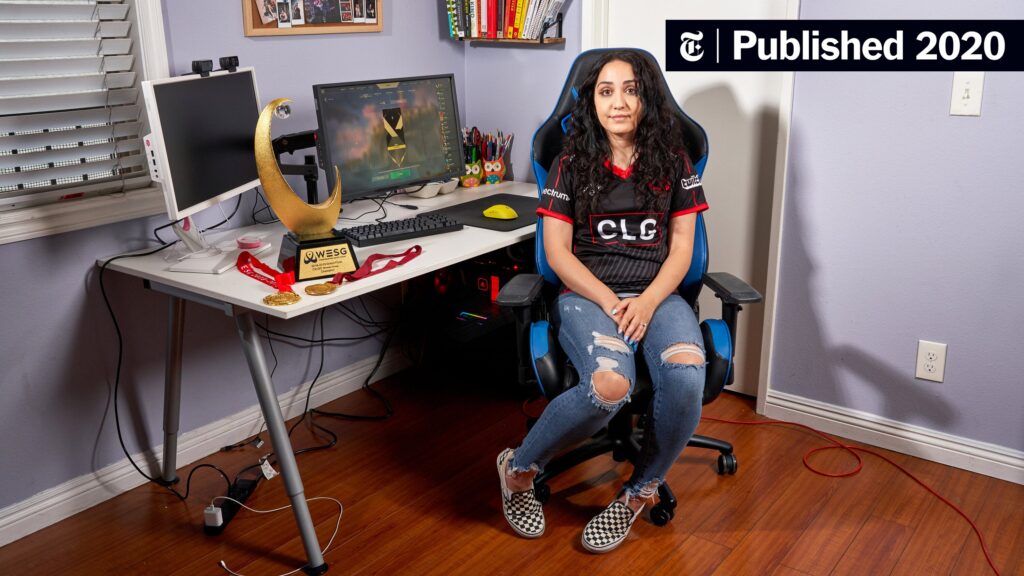Game developers need to consider cultural responsibility when designing and creating games that can be played and enjoyed by people from different backgrounds. Culturally insensitive games risk losing audiences and revenue, as they can offend, alienate and divide entire communities. Avoiding perpetuating stereotypes, using dialogue and consultation to develop authentic and non-caricatured representations of cultures, and including diverse perspectives and characters are essential principles that should be embedded throughout the development process. Sensitivity testing and feedback are tools that can help ensure the final product is more culturally sensitive, building understanding and respect amongst different cultures while becoming more commercially viable.
Designing Games for Different Cultures: Understanding the Importance of Cultural Sensitivity in Gaming
As the world becomes increasingly diverse and interconnected, it is important for game designers to consider cultural sensitivity when creating new titles. Culturally insensitive games can alienate and offend entire communities, leading to negative publicity and lost sales. In this article, we will explore the importance of cultural sensitivity in game design and provide tips for creating games that can be enjoyed by players from all around the world.
The Importance of Cultural Sensitivity in Gaming
Video games have the power to transcend borders and language barriers, connecting players from different corners of the world. However, they can also reflect social and cultural biases that are deeply ingrained in the gaming industry. When creating games, it is essential for designers to be mindful of cultural stereotypes, prejudices, and taboos that can affect their audience’s enjoyment of the product.
For example, a game that depicts a particular culture in a negative light or ignores its nuances and complexities can alienate players from that background. It can also cause controversy and backlash from critics, leading to a loss of reputation and revenue. Conversely, a game that celebrates and presents a culture’s authenticity can positively engage players from that community and contribute to a wider understanding and appreciation of it.
Effective Approaches to Cultural Sensitivity in Game Design
Cultural sensitivity cannot simply be an afterthought in the game creation process. It needs to permeate all aspects of game design, from character development to setting and storyline. Here are some important considerations that designers should keep in mind.
Research and Consultation
Before designing a game, it is important to conduct thorough research on the culture that it will represent. This includes consulting with individuals from that culture who can provide invaluable insights into their traditions, beliefs, and values. Engaging in regular dialogue with members of the community can also help game developers avoid perpetuating stereotypes and prejudiced attitudes.
Avoid Stereotypes
One of the most common pitfalls in game design is the reliance on cultural stereotypes. Designers must recognize that no culture is monolithic and that individuals within a culture can have diverse experiences and beliefs. Careful consideration should be given to avoiding simplifying a culture’s complexities and presenting those communities as caricatures or one-dimensional entities. For example, it is important to avoid the use of accents, names, and visual cues that perpetuate negative stereotypes of certain groups.
Inclusivity
Designers should strive to create games that include diverse perspectives and characters from an array of cultures. The game’s storyline, characters, setting, and language should be welcoming to individuals from different backgrounds, rather than alienating them. By allowing players to identify with avatars that look, speak, and act differently from them, games have the power to create empathy and promote cross-cultural understanding.
Sensitivity Testing
Performing sensitivity testing on games during development can also help identify problem areas and prevent unintended consequences. This process involves engaging with playtesters from different ethnic and cultural backgrounds who can offer feedback on the game’s content and appropriateness for different audiences. Suggestions for alterations or adjustments made by these testers can help designers fine-tune the game’s content and create a final product that is more culturally sensitive.
Conclusion
Creating culturally sensitive video games is not only socially responsible but it also makes good business sense. By prioritizing cultural sensitivity, games can engage diverse audiences, foster understanding and respect among different cultures, and ultimately become more commercially viable. Considering the above-mentioned approaches for cultural sensitivity in game design can ensure a successful and enjoyable experience for players all around the world.
